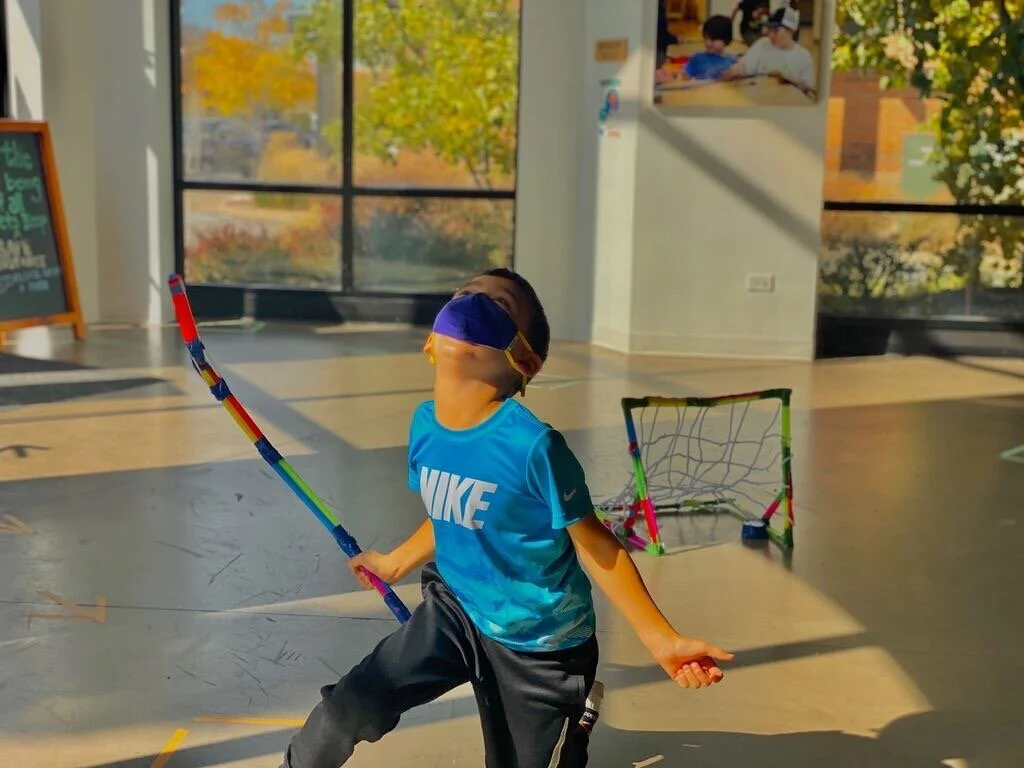Our Top 6 Tips to Navigate Remote Learning At Home
Remote learning and Covid-19 have really changed the way in which we are engaging kids with regard to learning. It also has royally messed up the routines and roles that we have relied on as. As parents, we are used to balancing schedules, multi-tasking, setting boundaries, and generally supporting our children....but remote learning is different.
Kids have missed considerable learning already in the spring, and the adjustments to learning in a virtual world just don’t work for everyone. At KSL we have over 10 years of experience engaging kids in person and with remote learning. We wanted to share a few best practices with you, with specific hands-on experiments you can do each week.
“Incorporate your own emotional health into your routine”
Here are our Top 6 Tips for Managing Remote Learning
1. Know the Weekly Plan Ahead of Time. Every Sunday, take a look are your child’s schedule for the week Remote learning is challenging and it is even more challenging when you don’t know when/where you are supposed to be. This will help you and your child. When a child misses something is can create significant internal stress for them
2. Schedule a Specific Time to Help (15-30 minutes). Schedule time during the day when you are available. Your child needs you and its far easier to manage a consistent 30 minutes of time, than to have a child constantly asking for your attention. Setting time expectations will help them and you manage the day more effectively and support their social emotional week being. Choose 1-2 times a day when your child knows you are available, it will help them and it will help you finish critical work on your plate.
3. Identify an Area and Non-Screen Activities for Breaks. Identify an area of your home where kids can find hands-on activities that you approve. Provide random materials (no electronics) that a child can engage with everyday, and make it fun by creating an “unboxing” where it’s a surprise what is in that area to use. Puzzles, mixing salt and pepper, Legos, an old phone to take apart, painting, cardboard – with a build challenge. It is far better to tell a child what they can do and where they can do it, then provide mystery materials for them to engage, than to have them wreck your home during their school breaks.
“We know that exercise, especially aerobic workouts like running, stimulates something called Brain Derived Neurotrophic Factor (BDNF), which encourages the growth of new brain cells in the hippocampus.”
4. Give Kids a Break & Physical Activity. Balance remote learning expectations with a child’s emotional needs. Classroom teachers are spending considerable effort to provide creative learning opportunities that give kids a challenging, yet full, day of synchronous and asynchronous learning. However, 4+ hours of Google Meets, Zoom, Canvas or other video conferencing is a lot. Kids need a break. a best practice is to let your child know what they can do when they need a break and give them a place they go for quiet or active engagement. A moment outside, paying catch for 10 minutes, doing some situps/pushups are all a good break.
5. Make your kids accountable. Help your child learn to be accountable for some of their own learning. Clearly younger kids need our support, however building confidence in kids comes with helping them learn to be accountable, as much as they can manage. While it sounds simple, the best advice is to not put alerts on your phone to try to keep your kids on schedule, as it likely will drive you crazy at home.
6. Give yourself a break. Incorporate your own emotional health into your routine. It’s hard enough being a parent and managing your career. Coronavirus has made it practically impossible by escalating all types of obvious and less visible stresses into our lives. It is critical that you gain peace as you can’t support your child without it. Take an online yoga class, do some breathing work, read a book, or exercise (even for 10 minutes) to escape the crazy.
We hope these tips help you navigate COVID a little better and stay tuned for ideas on projects you can do at home.


